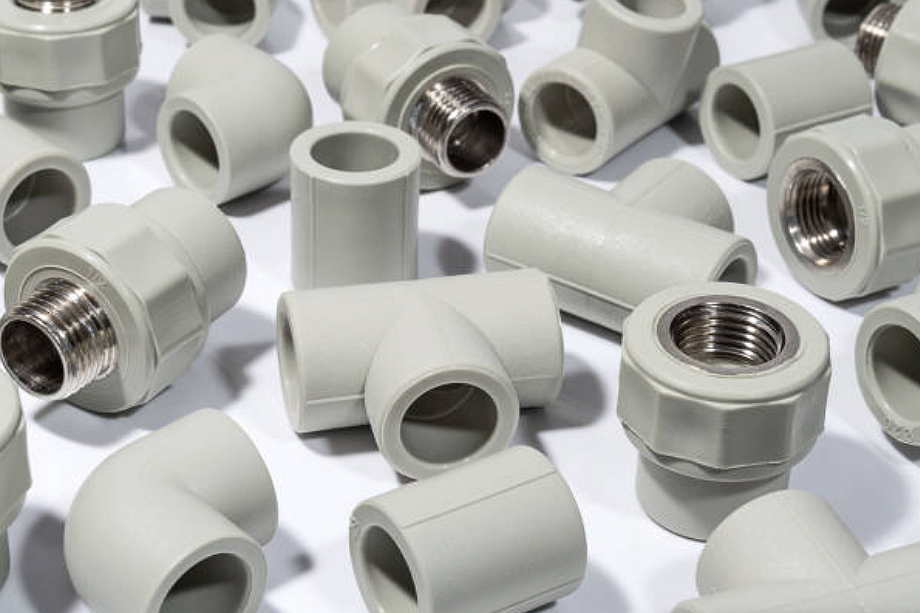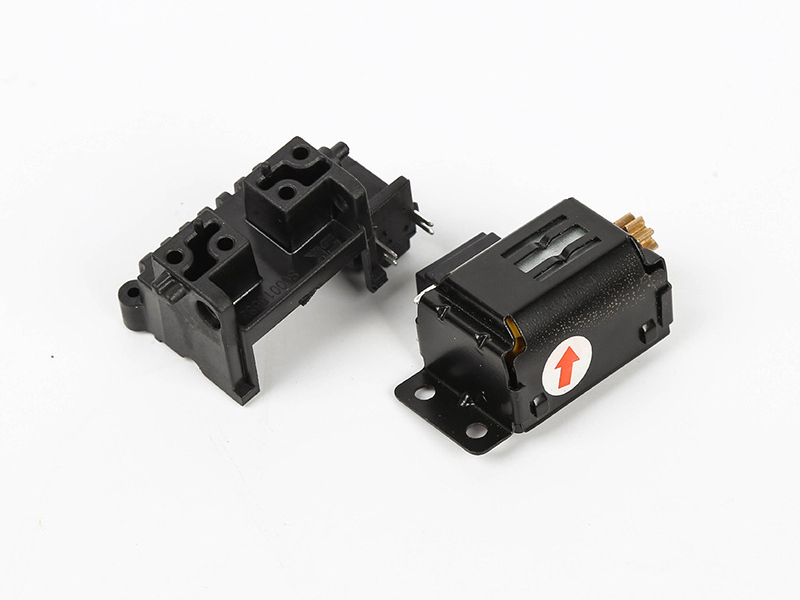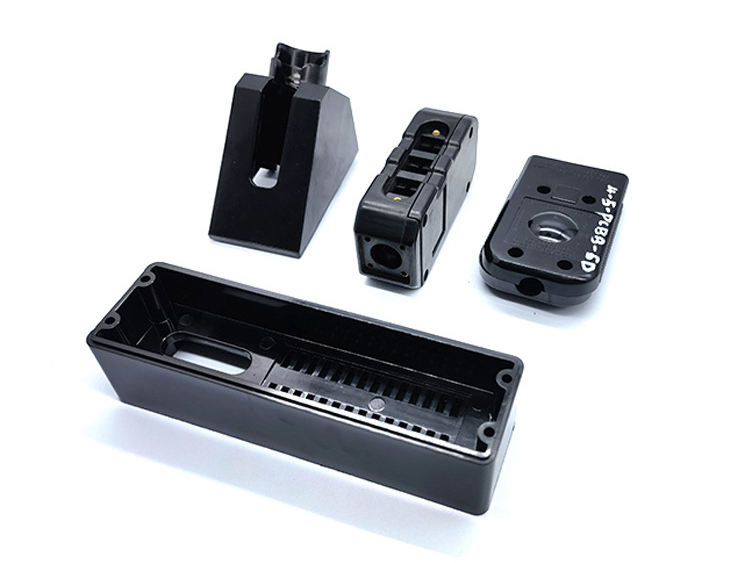What Materials Are Commonly Used in Insert Molding?
Combining Strength and Precision in Hybrid Manufacturing
Insert molding integrates metal, ceramic, or polymer inserts with thermoplastic materials to form a single, unified component. By fusing dissimilar materials during molding, manufacturers achieve superior strength, precision, and durability without the need for secondary assembly. The key to success lies in selecting materials that bond effectively under both thermal and mechanical stress, thereby ensuring structural stability and optimal functional performance.
1. Metal Inserts for Structural and Functional Strength
Metal inserts are widely used for their strength, conductivity, and dimensional precision. Common choices include stainless steel, brass, aluminum, and copper. These materials are ideal for threaded inserts, bushings, and terminals used in automotive and power tool components. When fabricated through precision casting or CNC machining prototyping, metal inserts offer excellent surface finishes and tolerance control for high-load applications.
2. Thermoplastic Substrates
The surrounding plastic matrix is typically made from high-performance thermoplastics. Materials such as nylon (PA), polycarbonate (PC), and ABS are commonly used for their toughness, dimensional stability, and ease of molding. For chemical- or heat-resistant applications—such as medical devices or e-mobility parts—engineers often choose PBT or PPS for superior performance in demanding environments.
3. Elastomers for Sealing and Shock Absorption
When flexibility or sealing performance is required, soft materials such as thermoplastic elastomers (TPE), TPU, and silicone rubber are overmolded onto rigid inserts. This combination is common in consumer electronics grips, seals, and protective housings, where tactile comfort and vibration resistance are essential.
4. Ceramic Inserts for Wear and Thermal Resistance
For applications involving high temperatures or electrical insulation, ceramic materials made via ceramic injection molding (CIM)—such as alumina (Al₂O₃) and silicon nitride (Si₃N₄)—offer outstanding hardness and dielectric properties. They are commonly used in telecommunication and energy connectors requiring stable insulation and mechanical endurance.
5. Surface Treatments for Enhanced Bonding
Metal inserts may undergo electropolishing, plating, or black oxide coating to enhance adhesion, corrosion resistance, and longevity. These treatments improve interfacial bonding with thermoplastics and ensure consistent mechanical performance in harsh environments.
6. Advanced Materials for Specialized Applications
For miniature or high-precision components, metal injection molding (MIM) and powder compression molding (PCM) enable the creation of intricate inserts using materials such as tool steel, Inconel, and titanium alloys—ideal for aerospace and medical-grade assemblies.



